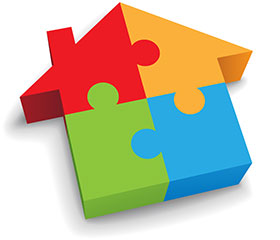 Precarious housing is one of the most complex social issues facing our province. It cuts across all 3 levels of government and it is very expensive to address properly. If there is one issue that is crying out for social policy framework – it’s housing.
Precarious housing is one of the most complex social issues facing our province. It cuts across all 3 levels of government and it is very expensive to address properly. If there is one issue that is crying out for social policy framework – it’s housing.
The Province is running a series this week on the working poor and how the affordability crisis is affecting them. What is very apparent is that expensive and sub-standard housing is putting people’s health, both physical and mental, at risk. In situations where people are housed, regardless of the appropriateness of the housing, their names drop down the waiting list at BC Housing. Martin Fernandez, his 2 sons and his mother are a classic example of what happens. They pay the rent late every month (which means their landlord can apply to evict them) when the Child Tax Benefit arrives. Fernandez states: “We pay so much money in rent, there’s not enough left for food each month,” said Martin Fernandez, a single father who relies on a Burnaby food bank.” Fernandez currently pays $1150 for a 2-bedroom apartment “with mouldy window frames, frayed wires in the stove and a living room lined with boxes, toys and food because there is very little storage space in the cramped unit.”
A social policy framework would involve all 3-levels of government coming together to do their part in solving the homelessness (imminent or otherwise) problem. Families who pay a rent they can afford, for a home that is not going to make them sick, will likely have far better outcomes according to the social determinants of health. Finally, decisions based on evidence may even improve the government’s bottom line when they are no longer paying ancillary expenses related to substandard housing and poverty.
